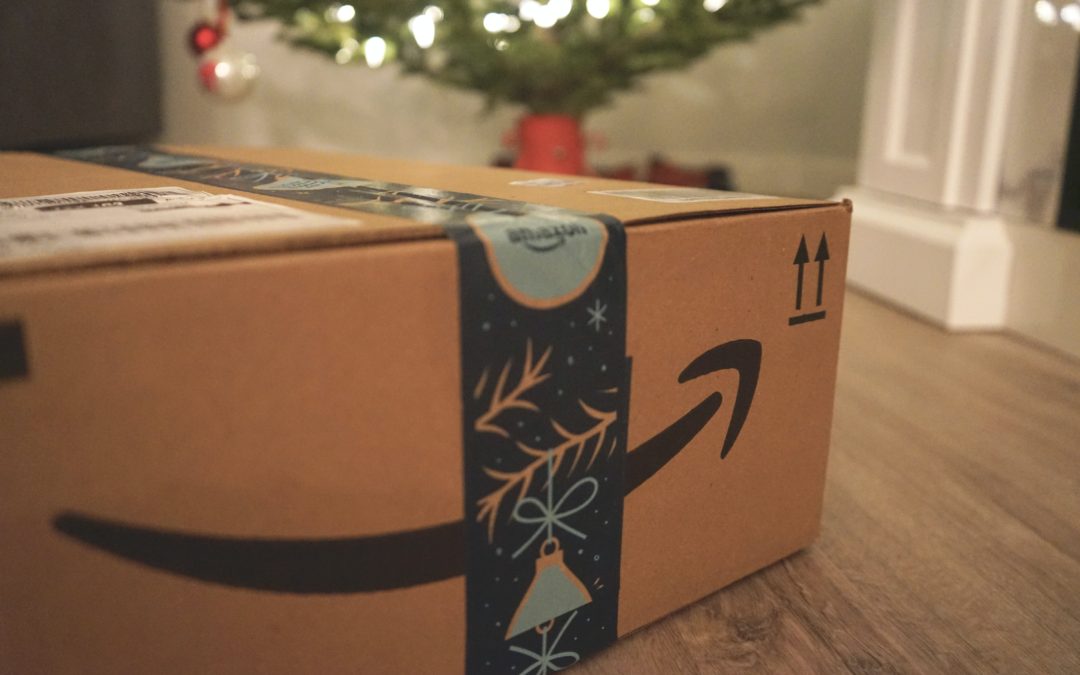If you’re looking to sell your brands products on Amazon, it’s typically best to use Fulfillment By Amazon (FBA). This is where you ship the inventory into Amazon’s warehouses ahead of time and Amazon ships the individual products to the customer as the orders are made. However setting it up might be a very tedious task because of the guidelines that Amazon provides for you to follow, these will be discussed in the section below.
What do you get with Amazon Fulfillment
When you choose to sell on Amazon using the Fulfillment by Amazon option, you do not have to worry about logistics from storage of your product to shipping. Upon storage, products will be catalogued and added to the ready-to-ship inventory. When your product is ordered, Amazon will handle the shipping. Finally, you also get Amazon to handle after purchase services such as returns and refunds. If the carrier delivers the product late, Amazon takes the blame. If you’re not using FBA, Amazon will blame you and it will hurt your stats and visibility, even in situations where you had no control. In addition to the logistical benefits, products that are sold via FBA see much higher conversion rates, higher rankings in searches, and qualify for special programs that require FBA. For brands that are using a new Amazon selling account, they will often find that they won’t win the buybox (even when no other seller is selling their product) unless they are using FBA. That makes launching onto Amazon a much more difficult and slow process.
What is your role when you use Amazon Fulfillment?
With Amazon Fulfillment, as a seller, you basically do not have to do anything right? Well, that is not really entirely true. Sellers who utilize fulfillment by Amazon will still have some role to play in order to ensure that products will constantly be available. So here are the three things that you as the seller will be responsible for.
- Monitor inventory levels – In general, you want to make sure your inventory in FBA is going to sell within 3-4 months. You don’t want inventory sitting for a long time and you don’t want to run out of stock. This is because it can affect your IPI Score or your Inventory Performance Index. Recently, Amazon has set a new guideline for the IPI Score and if your IPI score is lower than the required score you will be subjected to storage volume limits. One factor that lowers IPI score is excessive inventory and this can happen if your products are not selling, so send in appropriate amounts of inventory.
- Properly label products – If you don’t understand how Amazon’s system uses barcodes, it can be difficult to understand how products need to be labeled. Mislabeled or incompletely labeled products could end up as stranded inventory and could again affect your IPI score. Each product needs a barcode that identifies an individual unit. This is typically a UPC code or an Amazon “FNSKU.” They need to be visible and no other barcodes should be visible on the product. If your products are case packed, you would also put labels on each box and need to tell Amazon how many units are in each box along with the weight and dimensions of each box.
- Pack your products – Since your products will be stored at the fulfillment center you have to properly pack them and ready for shipping. Packing also requires you to comply with Amazon’s shipping and routing requirements and failure to do so may result in the refusal of the inventory at the Amazon fulfillment center, return of the inventory or disposal of the same. Often products can be damaged in shipping and, if that happens, Amazon will hold you responsible. You need to make sure products are packed in a way that will get them to customers safely.
- Ship your products to Amazon – When shipping your products to the Amazon Fulfillment center you basically do the following. First is to create a shipping plan, make sure the products are appropriately barcoded, put on the box labels, and finally ship the products to the Amazon fulfillment center.
For brands using FBA for the first time, it can be difficult to apply these principles to the specifics of your products. You might end up having stranded or excessive products which might lower your IPI score. While you can go through the learning curve and make a few errors along the way wouldn’t it be better to skip committing the errors and go straight to earning profits from your products? You can do this by consulting with the experts. Amazon consultants such as those in our team at Five Star Commerce can help guide you on how to properly prepare your products for shipping to the Amazon fulfillment centers. Amazon consultants have experiences in all the aspects of selling on the platform. Our team of experts are well-versed in every aspect selling on Amazon.

